The Army Defines 'Radios-as-a-Service' Pilot
For 125 years, since the first field radio was used by soldiers in the Spanish-American War, the U.S. Army has leveraged radio communications for tactical operations. The military service is now looking to harness radios-as-a-service, possibly freeing the Army, at least partly, from having to purchase and maintain radios.
“For radios, unlike satellite communications, the industry, even in the civilian sector, doesn't really exist,” Col. Shermoan Daiyaan, project manager, Army Tactical Radios, Program Executive Office: Command, Control and Communications-Tactical (PEO C3T), explained to SIGNAL Media during a recent interview. “Radios are very hardware-centric. My portfolio has hundreds of various radios. And what we are trying to look at is, how do we change the model from ‘buy and refresh’ to ‘lease’ or ‘rent’ or some other method. For us, it is really about changing the model.”
The service currently purchases and fields combat network radios (1-channel SINCGARS); 2-channel, multiwaveform leader radios; 2-channel, multiwaveform ManPack radios; single-channel data radios; high frequency ground radios; combat net radios (1-channel SINCGARs); single-channel Integrated Tactical Network (ITN) radios; and other radio communications.
The radio-as-a-service concept, however, is so new that even the defense radio industry is grappling with how to provide such capabilities. “Last year when we issued the request for information, our question was very generic,” the colonel said. “It was basically, ‘How would you provide radios-as-a-service?’ And many of the questions that we got back from industry were, ‘Help us with what you are really asking.’ And the reason why we left it so wide open is because we think that it's so novel. We didn't want to send it down a certain path.”
The Army received about 15 responses from industry, with suggestions ranging from a full-service concept—where a provider would supply all radios and related hardware, the waveforms (such as the Army’s TSM waveform), mesh networks, like the mobile ad hoc network (MANET), connections to the network backbone and maintenance—to providing only some radio-related services or acting as a dealer.
“One idea was, ‘Hey, I can provide you a lower tactical network, all in one box,'” Col. Daiyaan stated. “’I'm going to be your backhaul. I can provide you TSM mesh. I can provide your radios, and I'll refresh it and I'll roll it out as a package. And here you go.’ And they would provide all of those things. The others were sort of a hybrid, ‘I can provide you some radios’ or ‘I can provide you some services.’ Then the next was folks asking to be the broker. Folks were trying to create a business model where they would advise us on where to lease and rent radios and or the waveforms.”
With that information, the Army is defining a pilot program to test out the radio-as-a-service concept. “Between those three major buckets of responses, we were now going to refine the question and initiate a pilot based upon the idea of ‘I don't need to buy and hold anymore,’” explained Col. Daiyaan.
Companies interested in providing such services should understand that the Army’s needs have shifted. The service is centering on the Indo-Pacific as the region of priority—given national security—and will need radio solutions for “an Army that is spread everywhere and constantly moving,” Col. Daiyaan clarified. The demands of operating in the Indo-Pacific might mean dense jungle use or maritime or other complex ground operations—conditions of which soldiers were recently testing in Hawaii, the colonel added.
The service also has shifted to having the division be the unit of action in large-scale combat operations, which, for example, means radio communications needed to support a two-star general across three brigades with approximately 15,000 soldiers, versus brigade-level decision-making, led by a colonel or brigadier general with about 5,000 soldiers and three to five battalions.
“It is all about enabling the division commander to be the division as a unit of action,” Col. Daiyaan said, speaking to industry in May at PEO C3T’s TEM-X meeting in Philadelphia. “And what does that really mean? If you've been retired for more than about five years, you remember the days when the division was the headquarters, and everything was centered around enabling the division to fight and win. When we went to the counterterrorism mission, the Global War on Terrorism, we enabled the brigades to be the division of action.”
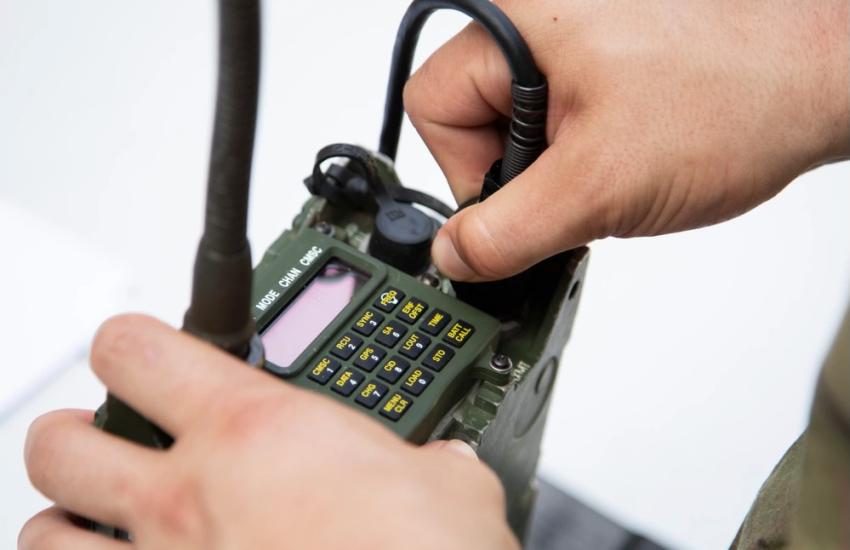
In addition, any radio-as-a-service solution must also fit into the ITN, noted Col. Daiyaan, who is also the ITN fielding lead for the Army. The service has been rolling out iterations of the ITN across four, two-year capability sets since a preliminary design review in April 2021. As the Army’s tactical network, the ITN is a key part of the Army’s Unified Network Plan that links command posts to soldiers, commanders and sensors, aircraft, vehicles, drones and satellites.
Leaders are currently working on scaling up the ITN and adding network-related solutions to support the larger division as a unit of action model as well as prioritizing core command and control capabilities for the echelon level.
For the radio-as-a-service pilot, the Army will look at possible configurations and tactics, techniques and procedures for employing the concept, the colonel continued. “My idea about radios-as-a-service is really centered on how we will take a division,” he said. “Maybe you're supposed to field four brigades and a division, its enablers and headquarters. Well, what if you only field two. You keep one on station and then you take the next brigade’s worth of kit, and you go and field the next unit. The idea is how do we proliferate the modernization of our capabilities faster than being able to just do one unit at a time, with the same amount of kit or less.”
The concept is a paradigm shift that may not necessarily be easy for the military radio industry to become accustomed. And while the radio-as-a-service concept will start small and is not necessarily meant to replace all radio procurement, it is a significant shift that the Army wants to pursue.
“Industry was lukewarm on it because it really, truly is a game changer in how to do things,” Col. Daiyaan noted. “They are very accustomed to ‘I buy your radio, it has the waveform that I directed, and you own that radio for 10-15-20 years, and we'll just pull maintenance on it.’ We are trying to change that model drastically.”
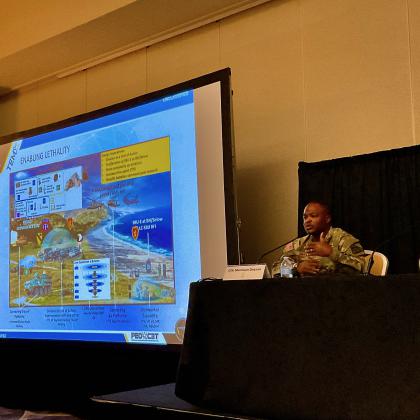
Industry was lukewarm on it because it really, truly is a game changer in how to do things.
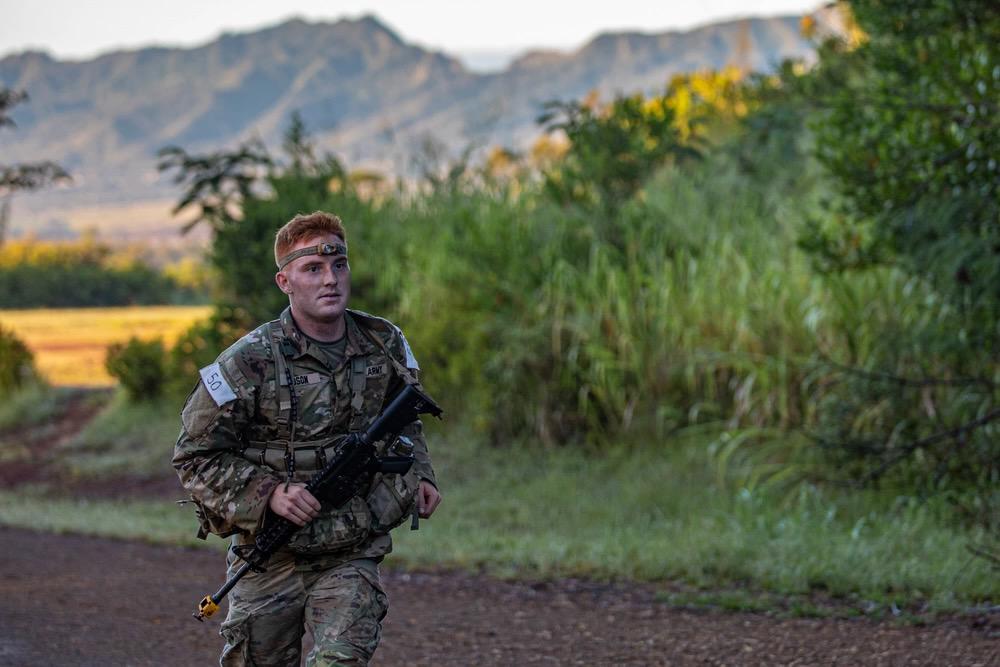


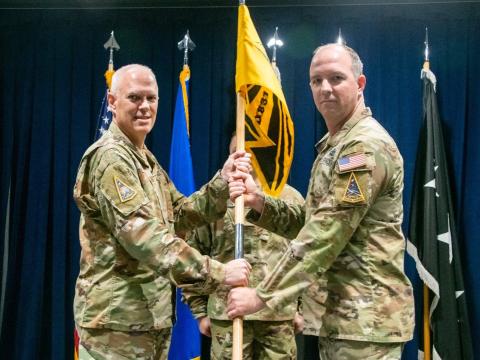
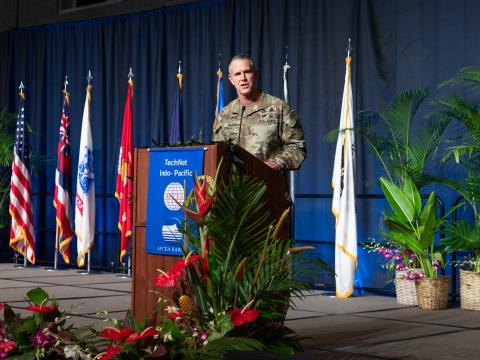
Comments